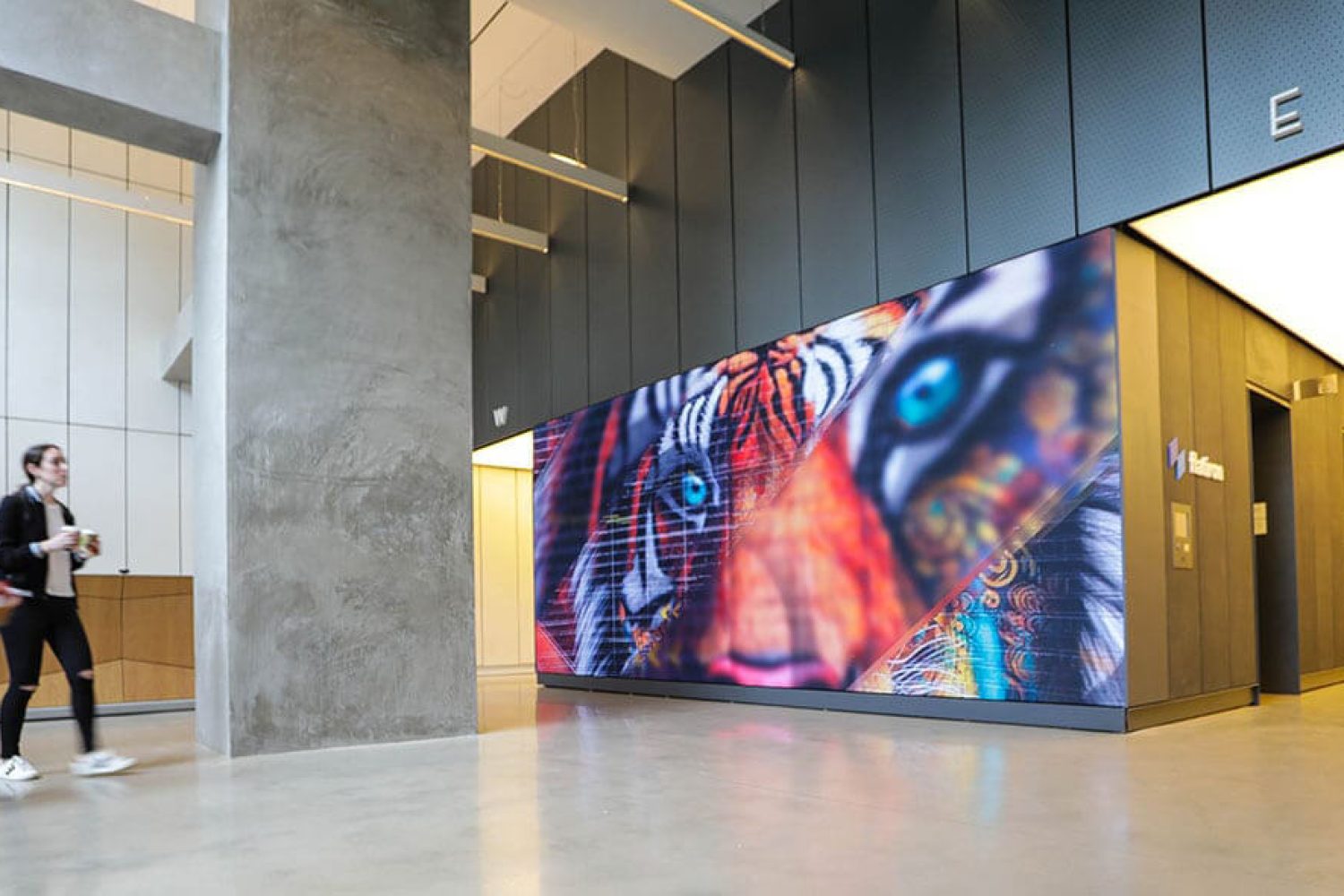Perfecting Hue Accuracy in Light Emitting Diode Wall Calibration for Breathtaking Visual Presentations
Perfecting Hue Accuracy in Light Emitting Diode Wall Calibration for Breathtaking Visual Presentations
Blog Article
Color precision is crucial for producing breathtaking graphic presentations, especially when employing LED walls. These large screens are commonly found in places like concert venues, sports arenas, and advertising billboards. When the colors on an LED screen are not correct, the visuals can look flat or warped, which can impact the overall experience for viewers. Therefore, mastering color accuracy in LED screen tuning is vital for attaining lively and true-to-life visuals.
The first step in ensuring color precision is understanding how LED technology works. LEDs, or light-producing diodes, produce light in multiple colors by combining red, green, and blue (RGB) light. Each dot on an LED screen consists of these three colors. When tuned correctly, the mix of RGB can produce a broad range of hues. However, if one hue is too intense or too dim, it can throw off the entire screen. This is why tuning is needed to balance the colors and achieve the intended graphic effect.
Calibration entails adjusting the configurations of the LED screen to ensure that the hues shown match the initial material as closely as feasible. This process usually includes using specialized software and hardware instruments. Technicians often use color assessment devices, such as spectrophotometers, to analyze the hues being shown. By contrasting the assessed colors to benchmark color standards, they can make precise modifications. This guarantees that the colors are not only lively but also uniform across the entire display.
Another important aspect of color precision is comprehending the environment in which the LED screen is used. Elements such as surrounding light can significantly affect how colors appear. For instance, a brightly illuminated room may wash out hues, making them look less lively. To counteract this, technicians may modify the luminosity and differentiation configurations of the LED screen. Additionally, they may choose specific color profiles that are more suited for various lighting environments. This adaptability helps preserve color precision regardless of the observing environment.
Ultimately, routine upkeep and recalibration are essential for keeping an LED screen looking its finest. Over time, the performance of LEDs can change due to factors like degradation and heat fluctuations. Regular checks and modifications can help ensure that the colors stay accurate and vibrant. By committing time in appropriate calibration and maintenance, venues can offer viewers with led display calibration for product launches stunning graphic presentations that enhance their total impression. Mastering color accuracy in LED wall tuning is not just a mechanical task; it is an expertise that adds to the magic of graphic storytelling.